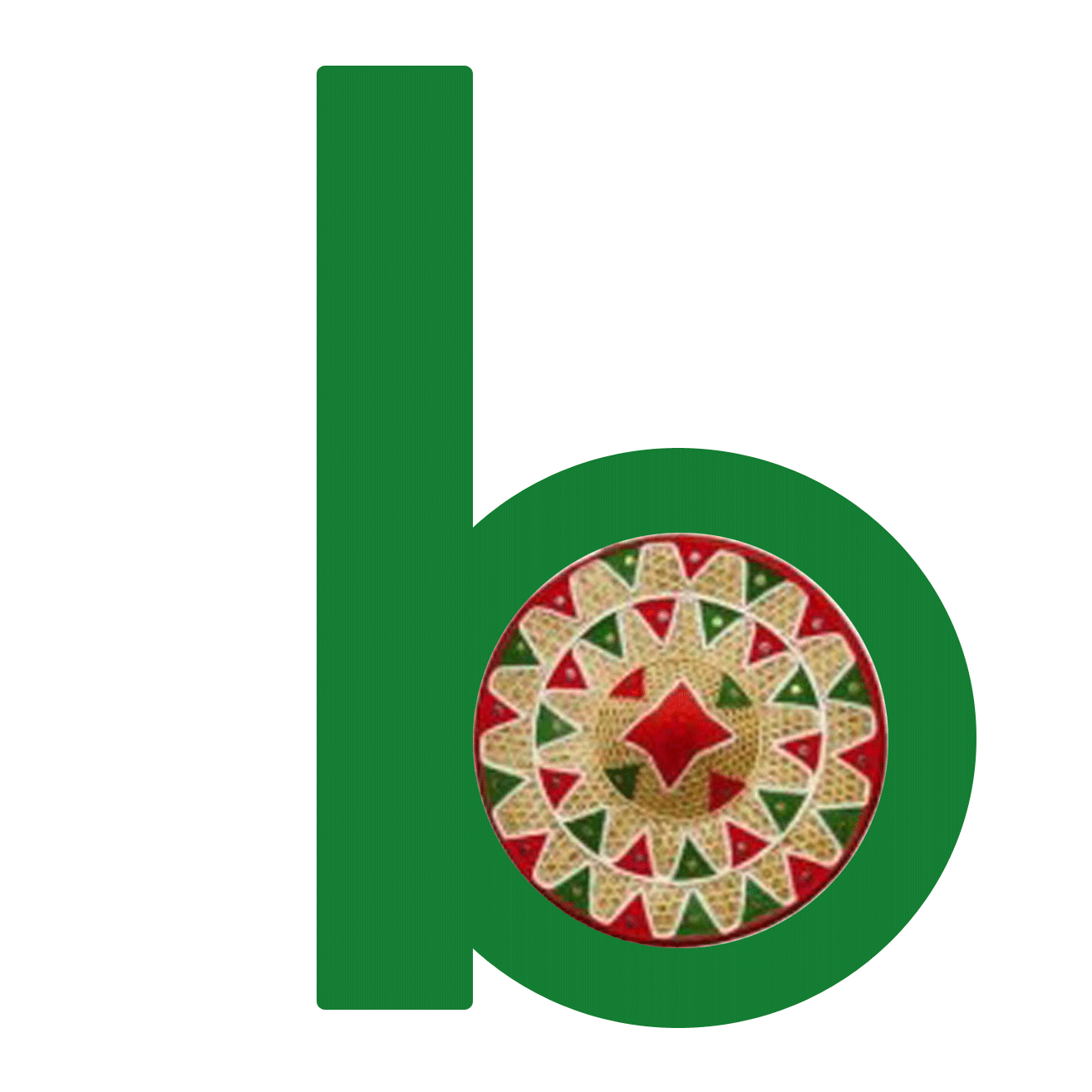ASSAM SILK
Assam’s handloom industry is basically silk oriented. The salubrious climate of Assam is suitable for sericigenous flora and fauna. Four varieties of silk worms and their host-plants, mulberry, Eri, Muga (Gold silk) and Oak Tassar are popular and important for economic and commercial purposes. Sericulture is an important cottage industry of Assam. Eri and Muga have been producing silk traditionally since long back.
Muga Silk:- Muga is a magic silk of Assam, gold of Assam, rarest silk in the world, available only in Assam and nowhere else in the world. One can see the silk begin its journey from the cocoon stage, to its unraveling and then to the loom to finally emerge as an assam saris which is known as Mekhela Chadar. Ladies of all ages wear them on festive and auspicious occasions.
Muga silk is sumptuous royal, heavenly; it is exotic, erotic and sensual. But most of all, it is simply sheer beauty with ample strength and durability. Besides this, muga is washable at home and is free from the dry-cleaning hassles, unlike other silk fabrics. The muga silk filament due to less porosity cannot be bleached and hence cannot be dyed. All that glitters is not gold but all that is golden and shimmering is muga silk. The qualities of muga are unrivalled by any other fiber or fabric, and any comparison to muga is flattering to the compared.
Mulberry Silk:- Paat silk is produced by silkworms which feed on mulberry (Morus spp.) leaves. It is usually brilliant white or off-white in colour. Its cloth can dry in shadow.
Eri Silk:- It is made by Samia cynthia ricini which feed on leaves of Castor oil plant (Ricinus communis). It is also known as Endi or Errandi silk. Because manufacturing process of Eri allows the pupae to develop into adults and only the open ended cocoons are used for turning into silk, it is also popularly known as non-violent silk. This silk is soft and warm and is popular for Eri shawls and quilts.
Eri, the “poor man’s silk”, had limited use until recently. Purely handspun in the past, the coarse yarn was used to make shawls and jackets. Today, with the advent of Eri spinning mills, the finer yarn can be woven into mekhla chadors, saris and other products. The beauty of this silk is that although it does not have the shine of mulberry, it has anti-fungal properties, is a good insulator, and a hardy fabric. Its texture is like cotton, but it is warm like wool.
Sericulture is a state concern and is done in four steps
1. The cultivation of the host plant, i.e. som and soalu, requires an ordinary method of cultivation.
2. Strains of silk worms, developed at the central silkworm feed station at sibsagar, provides large quantities of moth eggs. The eggs are kept in cold storage until they are hatched. To avoid any danger of epidemic diseases, only pedigreed strains of silkworms propagated from cultures determined to be disease- free are used.
3. Rearing of silkworms is a laborious process. An important aspect of sericulture is that it requires great skill and patience. Muga reared in the open air, needs to be protected from birds and bats. The female moth lays eggs on the kharika, and when these are newly hatched, the kharika, along with the worms, are hung upon specially selected twigs of young plants. The tiny worms immediately crawl up the leaves to start feeding. After the last moult, the worms feed even more voraciously. At night, they climb down the trunk of the tree, which makes the task of collecting them relatively simple. To spin cocoons, they are put on bundles of dry leafy twigs called tali and taken indoors.
4. The treatment and disposal of cocoons involves unwinding cocoons to make raw silk. The pupae are killed inside the cocoons before they emerge as adults. This is done either by exposing them to the sun or by heating them in a special drying chamber. The cocoons are sorted out for reeling. Before reeling, the muga cocoons are cooked in an alkaline solution of soda ash for an hour. This helps to soften the natural gum, serecin, which holds the filaments together. The true end of the filament is found and a number of cocoons are transferred to the reeling basin containing tepid water. Two methods of reeling are prevalent-the traditional, which involves two persons, and a recent one that employs a fast operating machine with the operator using both hands for reeling. Half of the silk in each cocoon is considered reliable and the remainder, used as silk waste, noil, is transformed into spun silk. After the reeling, the muga threads are dried in the shade for three-four days, following which then they are wound into skeins on a sereki. The sizing of the skeins involves the application of a mixture of powdered rice and water.
STORY OF SILK

























Add Comment